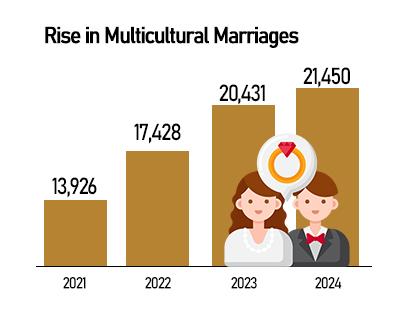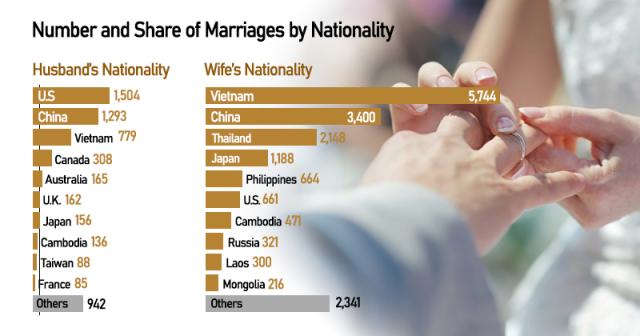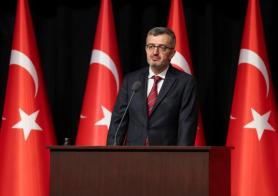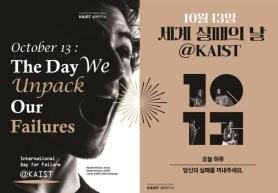
SEOUL, November 07 (AJP) - Interracial marriage in South Korea, once largely associated with aging rural bachelors seeking younger spouses from Southeast Asia, has evolved as cross-border unions expand into Europe and North America — underscoring the need for a more systematic framework for addressing depopulation and building an inclusive society.
Government data show that one out of every 20 babies born in Korea last year was part of a multicultural family, and both marriages and births involving foreign spouses are on the rise.

Interracial marriages surpassed 21,000 in 2024, the highest in five years, and babies born to such families increased for the first time in 12 years. “The rise reflects a rebound in international marriages held back during the COVID-19 period and a more foreign-friendly living environment,” an official from the statistics office said.
Stories of multicultural households are also becoming more visible in everyday media. On YouTube, the Korean–British couple behind the channel “Jin and Hattie” has amassed 9.8 million subscribers, while Indian TV personality Abhishek ‘Lucky’ Gupta and German broadcaster Daniel Lindemann — both of whom rose to fame on JTBC’s Abnormal Summit — have drawn additional attention after marrying Korean women.
The demographic makeup of these marriages offers additional clues. Unions between Korean men and foreign women accounted for 71.2 percent of all international marriages last year, followed by marriages between Korean women and foreign men at 18.2 percent, and marriages between naturalized Koreans at 10.6 percent. Vietnam remains the most common nationality among foreign wives at 26.8 percent, while the United States led among foreign husbands at 7 percent.

Despite the rise in marriages, interracial divorces fell slightly to 7,992 cases last year — a 2 percent decline — suggesting improvements in regulation, support systems, and cultural awareness. The share of multicultural divorces in all divorces remained steady at 8.8 percent.
Birth trends also signal a notable shift. The number of babies born to multiracial families reached 13,416 in 2024, up 10.4 percent from the previous year, marking their first rebound since 2012 and accounting for 5.6 percent of all newborns.
Yet parenting remains the biggest challenge for these couples. According to the 2024 National Survey on Multicultural Families, more than 70 percent of multicultural households reported difficulties raising children.
Families with preschool-age children pointed to having “no one to help when the child is sick,” while parents of school-age children cited financial burdens.
Although awareness of government programs is relatively high, participation remains low. While 83.4 percent of single-parent multicultural families knew about child support subsidies, only 40.2 percent received them, largely due to language barriers and bureaucratic hurdles.
Such challenges often surface in popular culture. A recent TV program featuring a Canadian mother in Korea showed how her young child, fluent in Korean, struggled to communicate with her because of her limited language skills. The episode resonated widely, highlighting the cultural and emotional strain that can arise in everyday family life.
Despite these obstacles, outcomes for multicultural children are improving.
The college enrollment rate for students from multicultural families rose to 61.9 percent, up sharply from 40.5 percent three years earlier.
With more than 1.12 million residents now living in multicultural households — over 5 percent of the population — Korea’s demographic profile is undergoing a structural transformation. As the country debates long-term solutions to low birthrates and labor shortages, multicultural families are emerging as an increasingly vital part of its social future.
Copyright ⓒ Aju Press All rights reserved.




